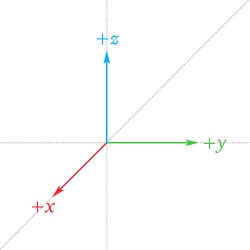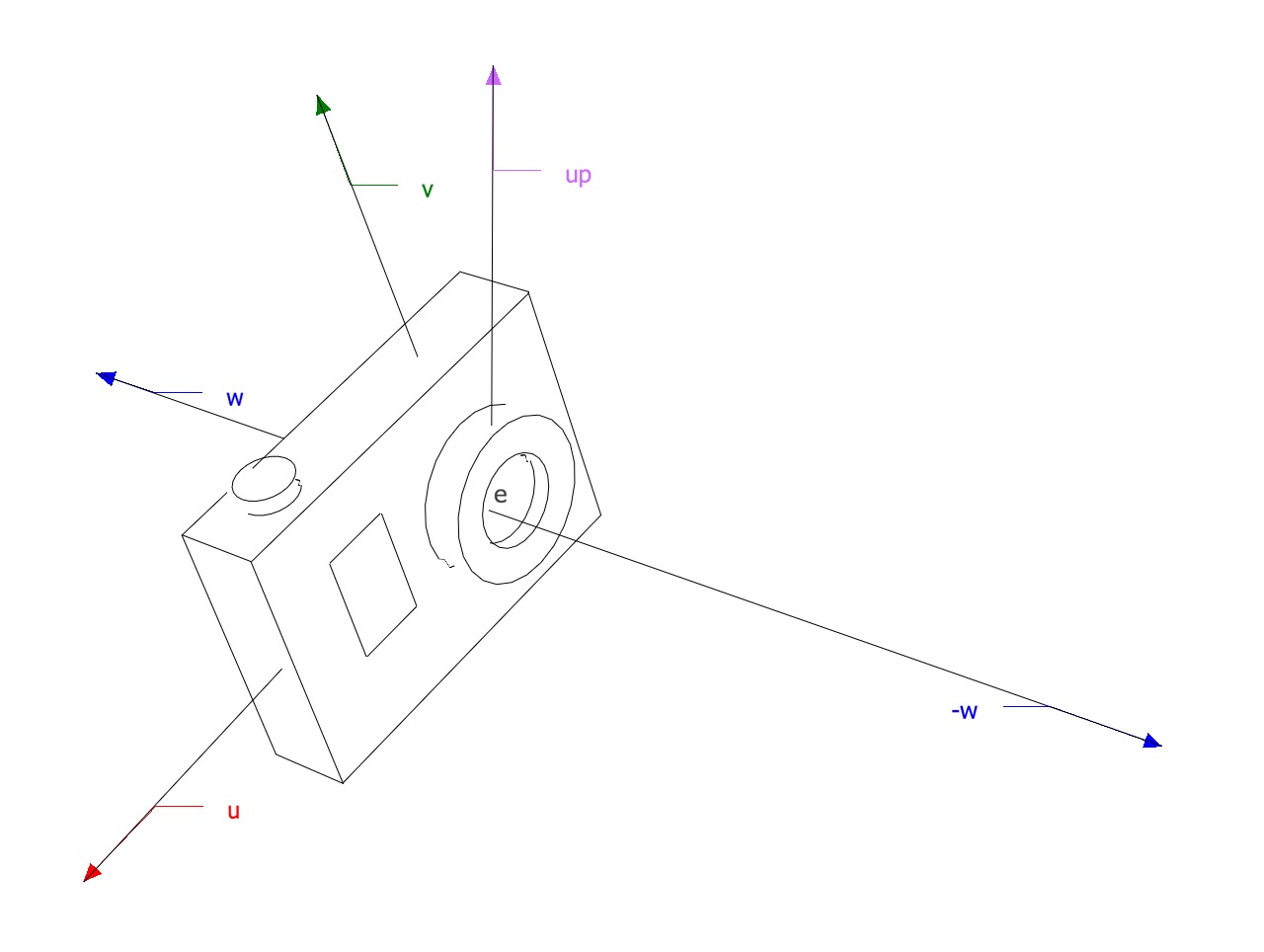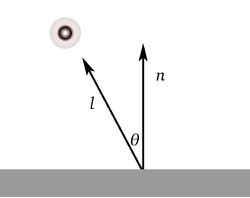A vector space is a set whose elements are called “vectors” (denoted as
Formally a vector space
- if
- There is an special element called the zero vector
- For every
- if
Notable examples of vectors spaces
- Segments on the plane and space, addition uses the parallelogram law and multiplication by a scalar scales the segment
- The set of
- The set of all polynomials
- The space consisting of the zero vector alone
Vector subspaces
A subset
- For all
- For all
Linear dependence
A set of vectors is linearly dependent if one element from the set can be written as a linear combination of the other elements in the set, if this cannot be done then the set is linearly independent which is also known as a basis for some vector space, the dimension is the number of elements in the basis, if
The numbers
The set of vectors
Linear maps
A map between vectors spaces is linear if it preserves addition and multiplication with scalars as defined above, formally a map
- For all
- For all
Additional operations
Norm
The norm of a vector is denoted by
Scalar product
The scalar product of two vectors is a function




